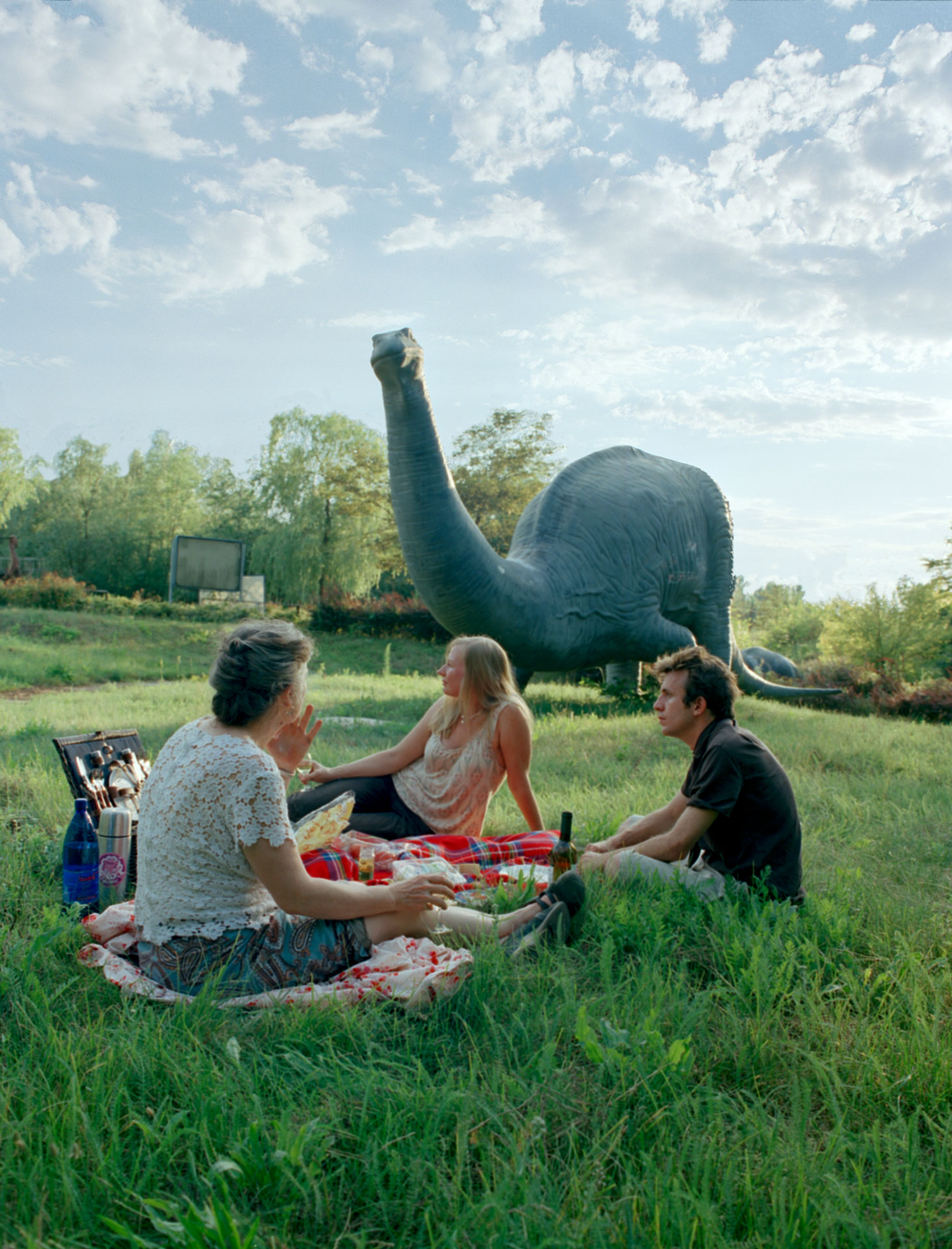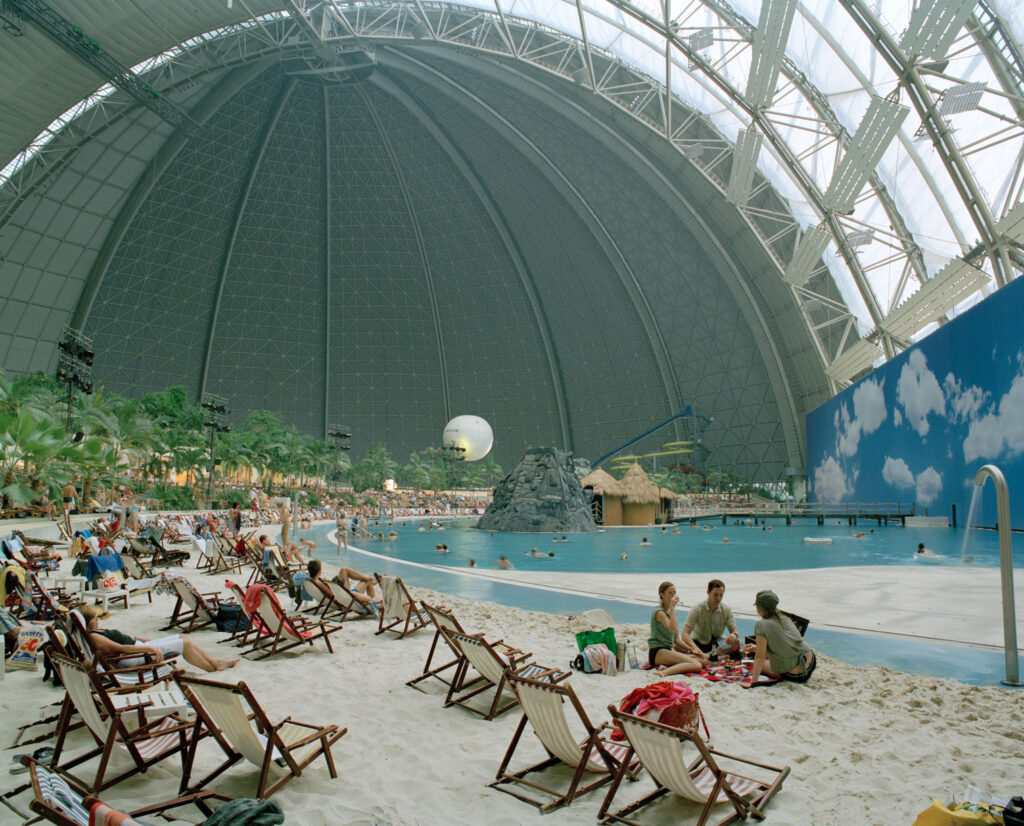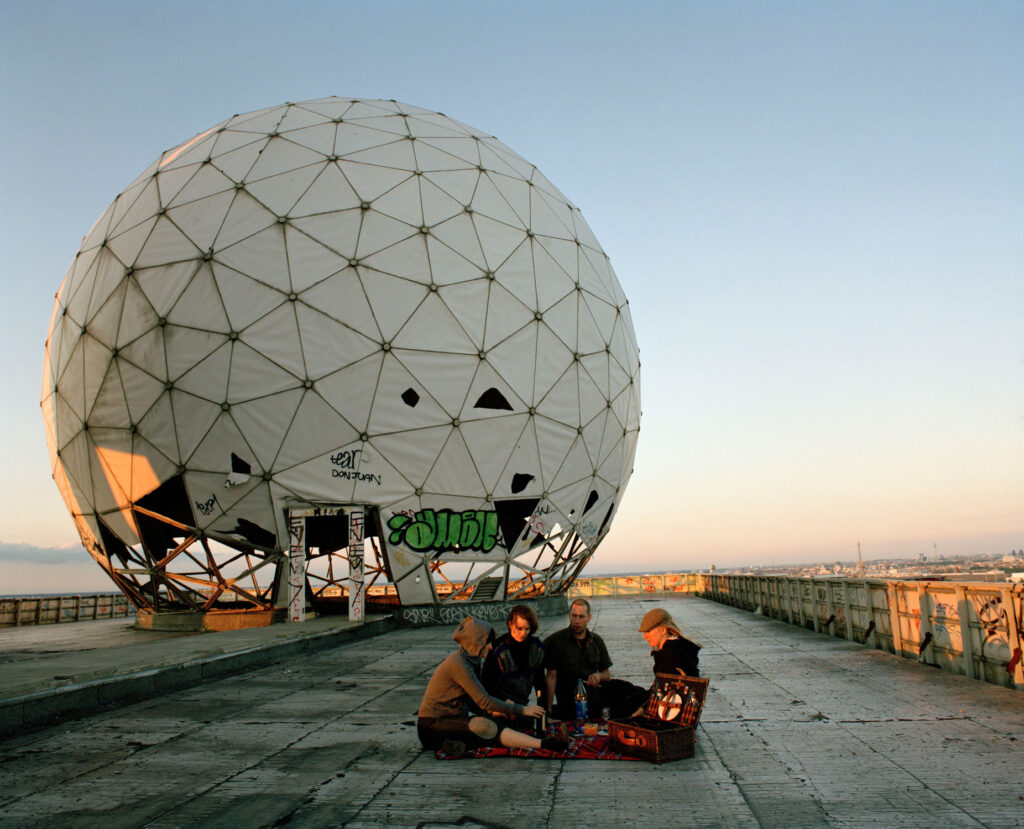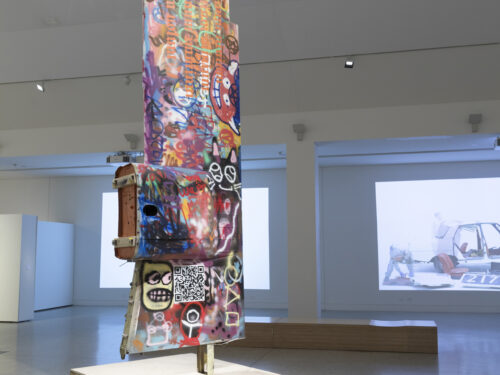
Land of the Lost
The Picnic
When holidaymakers visit national parks in Australia, they are greeted with a sign that reads, “Take only photographs, and leave only footprints”. This Zen-like mantra sounds like good advice for the curious tourist: a credo to live by when travelling. But what about the peripatetic artist? How should the artist move through the world?
An international artist in residence is a kind of expatriate. A visitor who is not really a tourist nor a permanent resident. Temporarily claiming a territory, inhabiting a space on a short term basis. Does a visiting artist passively observe the cultural landscape, which they find themselves within; do they add something meaningful to this new land?
Even though the new space may be totally alien to them, in order to function properly, the visiting artist must create some kind of sanctuary where they can feel at home. Our field of artistic investigation primarily focuses upon spaces in a state of flux, most often within the domestic sphere. A concept of interest within this expatriate experience is impermanency. The tension within an impermanent living situation is manifested in facets of life such as language knowledge, furniture accumulation, and sexual relations. The subject matter we have utilized in the past has been ‘the home’. The re-appropriation of space and culture, within a new place, is of significant interest to us. With this we wish to explore the attempt to achieve the security of a permanent home in a temporary situation.
All human action leaves some form of residue. The expatriate, the visiting artist, treads the thin line between tourist and participant, both observing and adding to the scene. We wish to explore how this is possible. To begin with, our strategy will be to investigate the marks left behind by the expatriate. We believe that what we are observing is a transitory phenomena similar to that of the picnic. The picnic is an exploit in which the participants are both part of the scene and watching the scene.
Paintings such as Manet’s Le Dejeuner sur l’herbe have insured the leisurely picnic a place in the history of art. Artists such as Gordon Matta-Clark and Rirkrit Tiravanija have already explored the serving of food as space of social interaction. But one must also eat in order to survive. When someone places a blanket on the ground or erects a more elaborate table and chair setting, they are delineating a space that will be theirs for the duration of that meal. Once this space is marked out, certain social codes should be enacted, food is eaten on plates, Champaign is served in fluted glasses, and if the participants are Japanese, shoes are removed. The picnic ground suddenly becomes an appropriated domestic outpost.
Like the expatriate, like the visiting artist, the picnicker must claim space in a new land for a period of time. People don’t often have picnics in their backyard, therefore a self sufficient bubble must be created. What must they bring to the scene and what do they take away from the scene? We wish to investigate the residual traces of these actions, for it is within transitory and shifting spaces that such detritus is generated. Our past works have examined the impending forces of change; we wish to continue on this path, further examining the physical stuff that marks a period of time.
Is it possible to leave only footprints and take only photographs?







